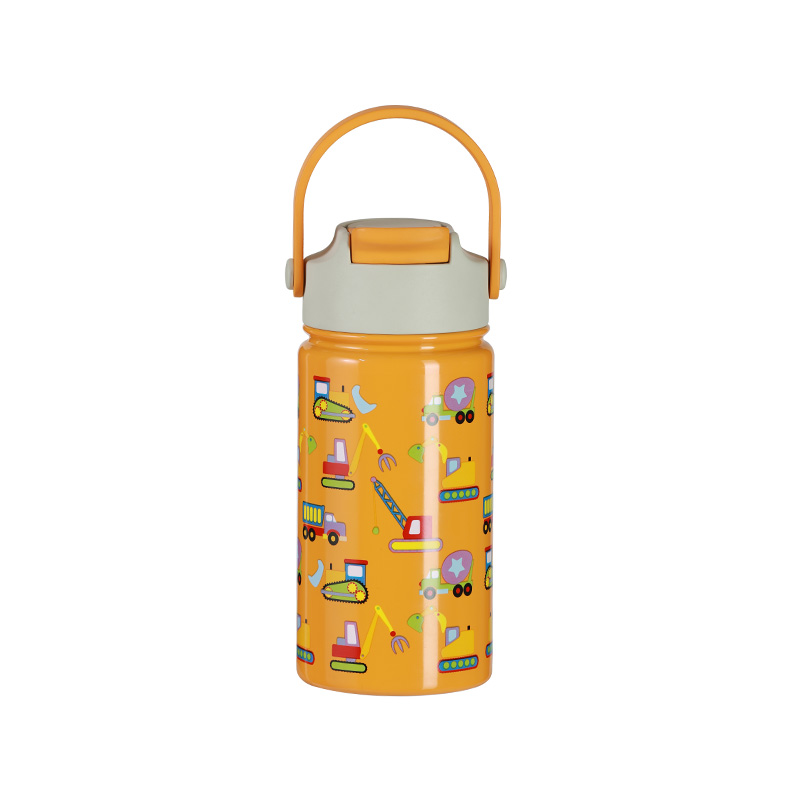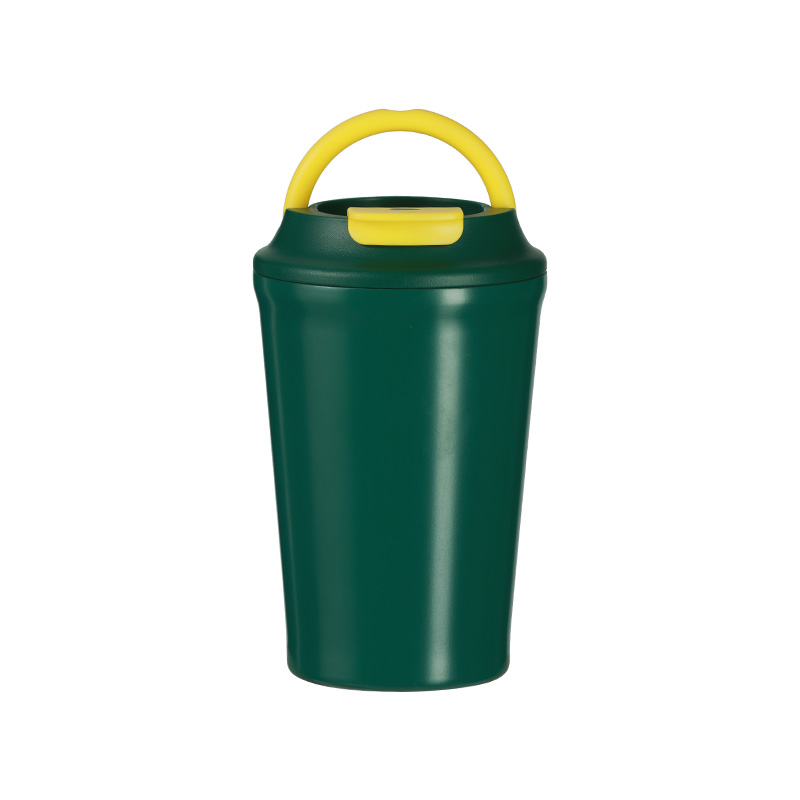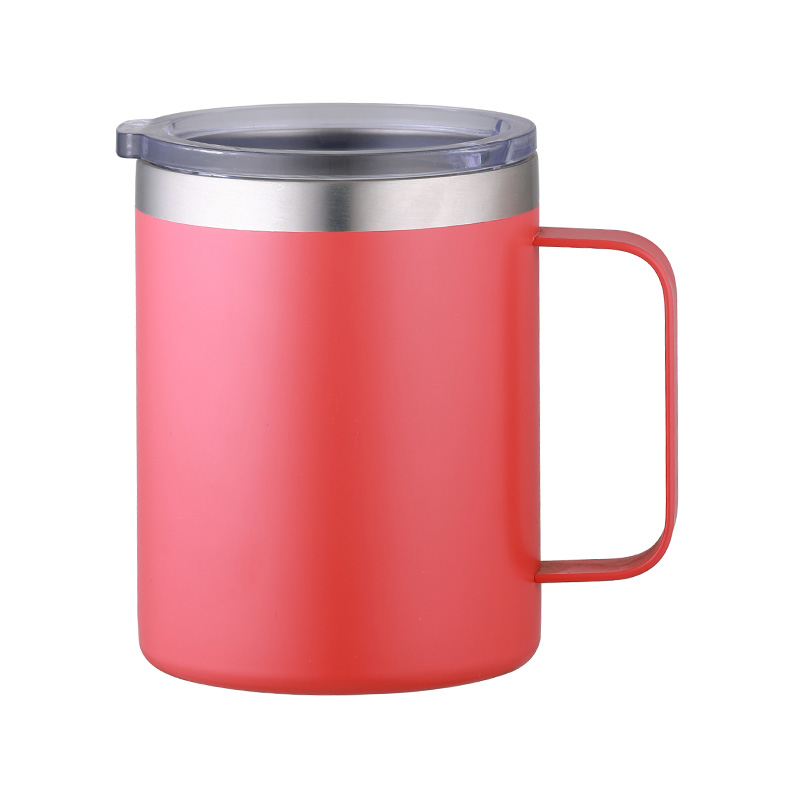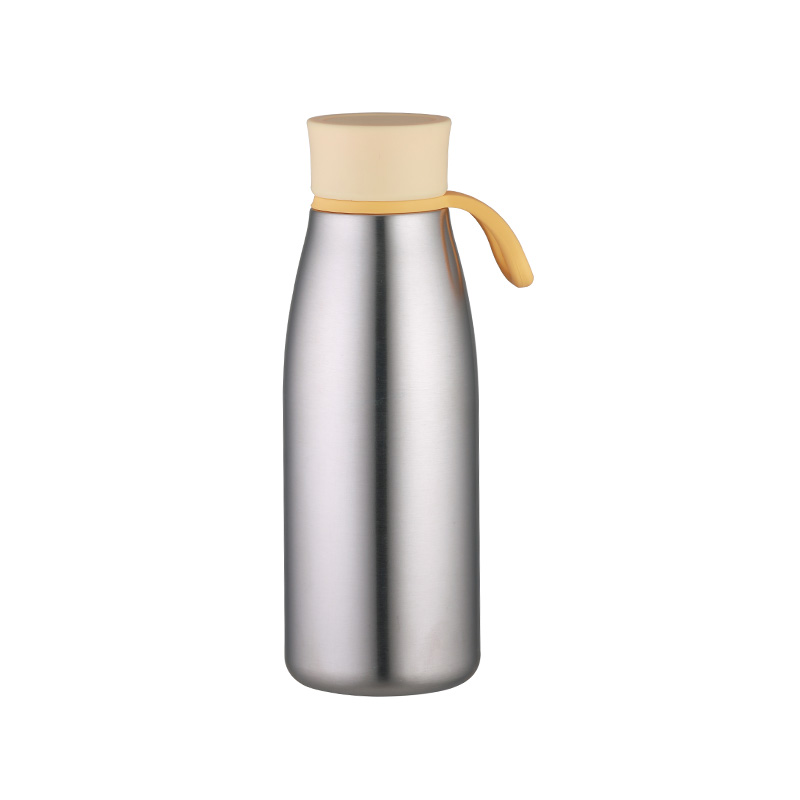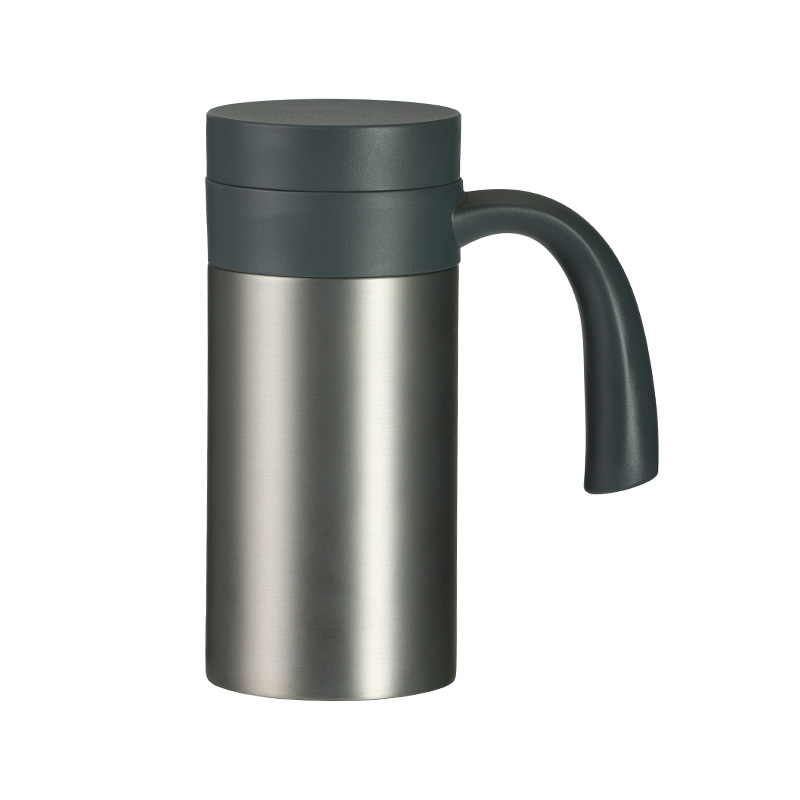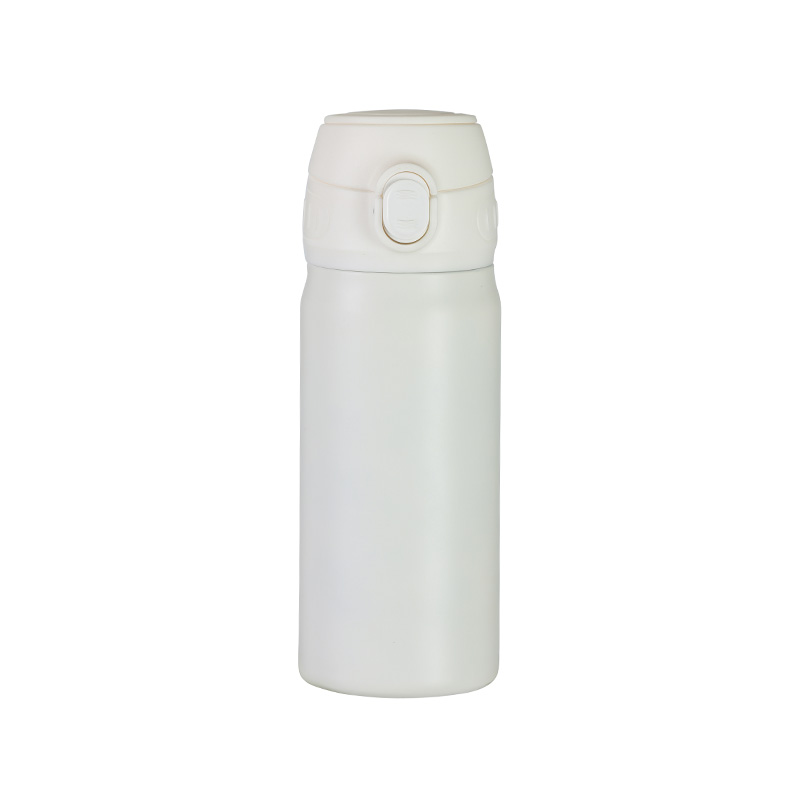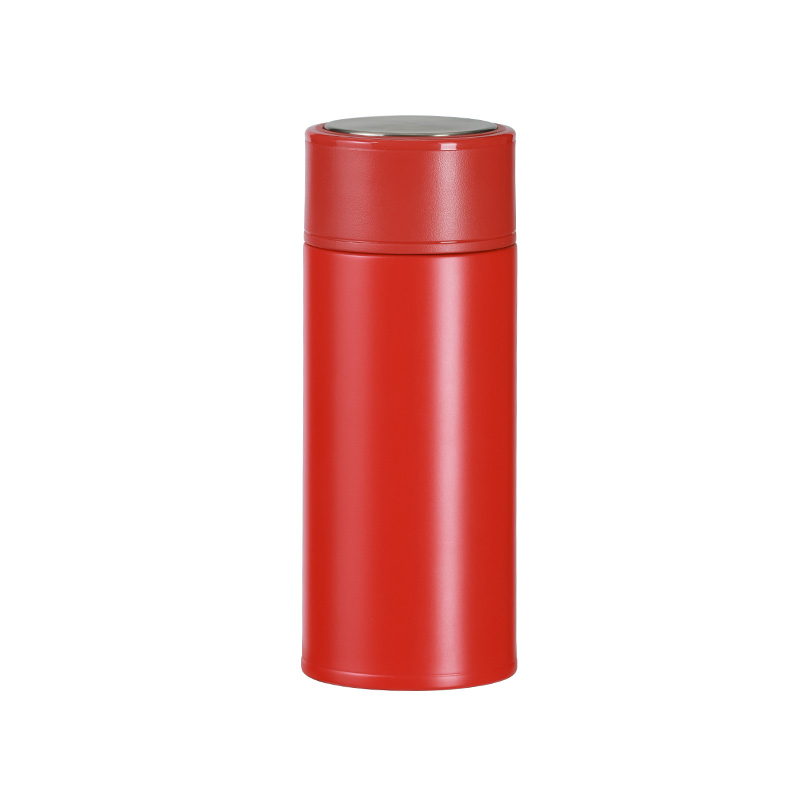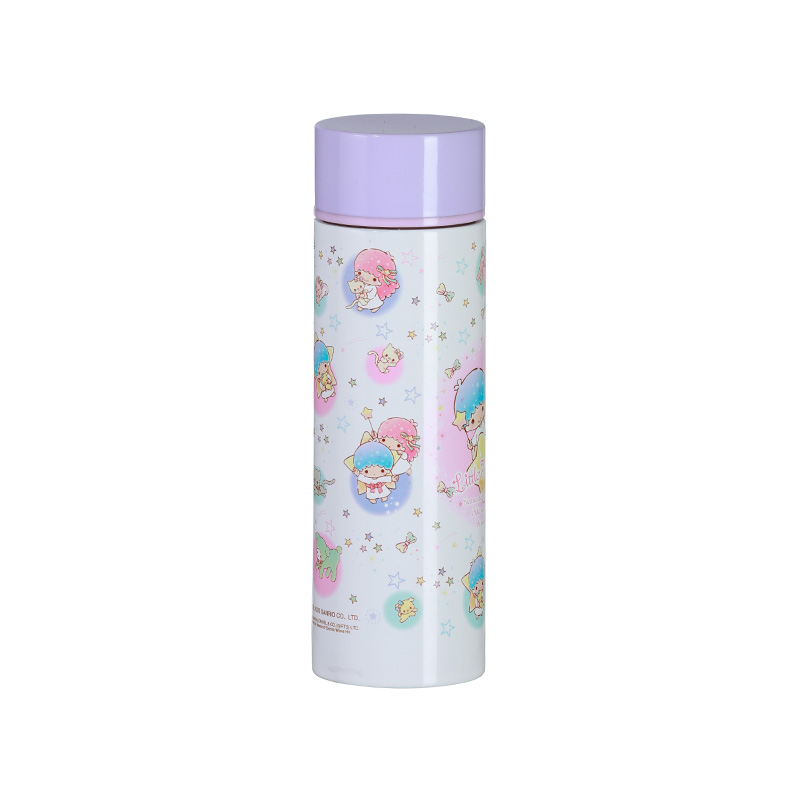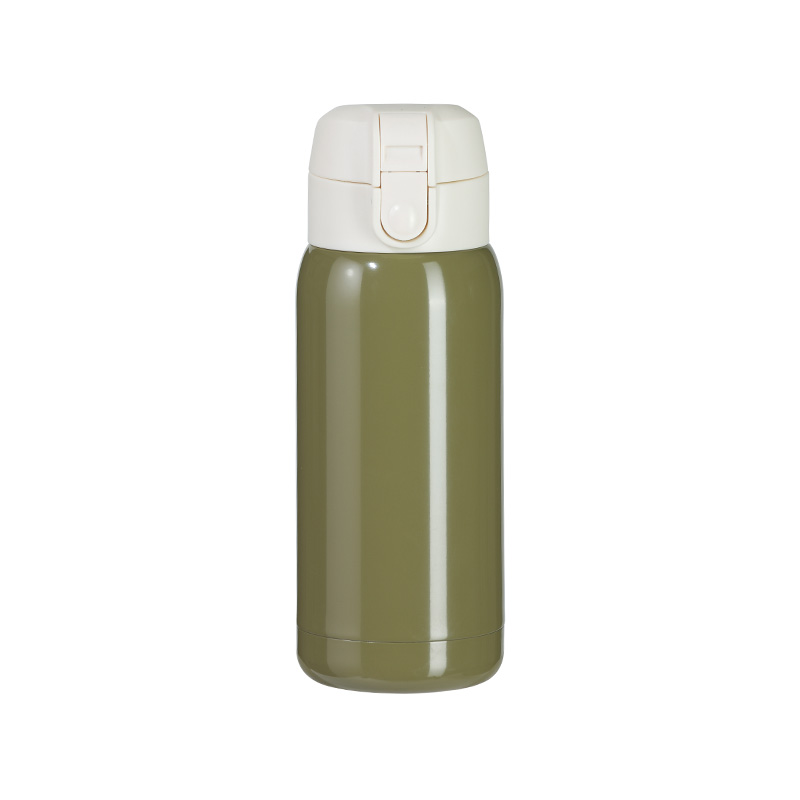
Stainless steel bottles offer multiple advantages over plastic or glass alternatives, which explains their growing preference in outdoor settings:
Durability: Stainless steel is highly resistant to dents, cracks, and breakage, making it ideal for rough outdoor use.
Corrosion Resistance: Unlike some metals, stainless steel resists rust and corrosion even when exposed to water and moisture.
Temperature Retention: Many stainless steel bottles incorporate double-wall vacuum insulation, keeping drinks hot or cold for hours.
Health and Safety: Stainless steel is non-reactive, meaning it does not leach chemicals into beverages, unlike some plastics.
Environmental Impact: Stainless steel bottles are reusable and recyclable, reducing single-use plastic waste.
These inherent benefits form the foundation for the growing demand for stainless steel outdoor bottles. However, the wide variety of products available on the market means careful selection is important.
One of the aspects to assess is the grade of stainless steel used. The common grades are 18/8 or 304 stainless steel, which contain approximately 18% chromium and 8% nickel. This composition offers corrosion resistance and durability.
Lower grades might be more affordable but can be more prone to rust or damage over time. Higher grades like 316 stainless steel are used in more specialized applications and provide enhanced corrosion resistance but at a higher cost.
Ensuring the bottle is made from food-grade stainless steel is crucial for safety and taste preservation.
A defining feature of many outdoor stainless steel bottles is insulation capability. This is especially important for users who want to keep beverages cold in hot weather or warm in cold environments.
Double-Wall Vacuum Insulation: This technique involves two layers of stainless steel with a vacuum between them, which significantly reduces heat transfer. Bottles with this feature can keep drinks hot for 8–12 hours or cold for 12–24 hours, depending on the design.
Single-Wall Bottles: Less expensive but do not provide temperature retention, making them suitable mainly for water or beverages consumed shortly after filling.
When choosing a bottle, consider the insulation needs based on the intended outdoor activity and climate conditions.
Stainless steel outdoor bottles come in a range of sizes, typically from 12 ounces (350 ml) to over 40 ounces (1.2 liters). The appropriate capacity depends on the user's hydration requirements, the duration of outdoor activities, and portability preferences.
Small Bottles (12-20 oz): Lightweight and easy to carry, ideal for short outings or everyday use.
Medium Bottles (20-32 oz): A balance between capacity and portability, suitable for moderate hikes or day trips.
Large Bottles (32 oz+): Offer extended hydration without frequent refilling, better for longer adventures but can be heavier.
Choosing a bottle size that aligns with activity duration and carrying convenience ensures practical hydration.
The lid and mouth opening of a stainless steel outdoor bottle affect ease of use, cleaning, and beverage flow:
Wide Mouth: Facilitates easy filling, adding ice cubes, and thorough cleaning. It's also convenient for drinking directly or using a straw.
Narrow Mouth: Minimizes spills and heat loss but can be harder to clean and refill quickly.
Lid Types: Options include screw-on caps, flip tops, sports caps, and straw lids. Each design suits different usage preferences; for example, flip tops are quick to open during exercise, while screw caps ensure a secure, leak-proof seal.
Selecting a lid and mouth style that matches the user's activity and convenience preferences improves overall satisfaction.

 English
English 日本語
日本語